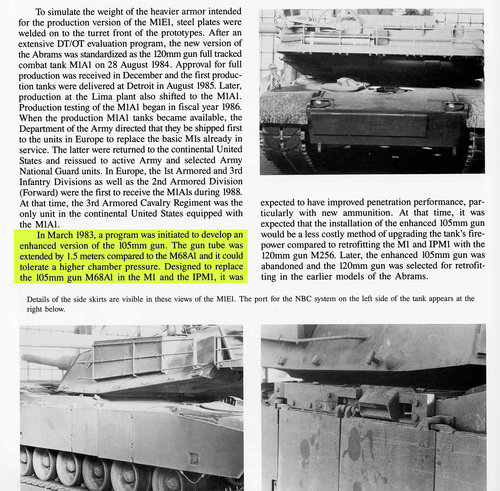You know, just before the 1990 Gulf War, the West Germans released their study of the T72m1 MBT. They declared that it was impervious to any standard NATO AT weapon in the frontal arc. This caused a bit of a quiet brouhaha at the time.
Then along came the Gulf War in 1990 and Iraqi T72s were blowing up left, right and centre from 120mm rounds fired by Challengers, M1s and so on.
Then the US Army released it's study of the T72m1 and recognised that no NATO AT round could penetrate it's frontal arc.
So what was the difference between a former NVA T72m1 and an Iraqi T72? Well, they were essentially different MBTs albeit in the same form. The NVA T72m1 had better and thicker armour on it, whereas the Iraqi T72 was a "monkey model" vehicle, with less and worse armour. Many Americans refused to accept that, declaring that the T72 was a "piece of junk" and "easily defeated". I wonder what their analysis would have been if the balloon at gone up on the Central German Front?
While your point about T-72's armor varying between variants is right, I think that you may have confused German testing of different T-72s. From what I know, the T-72M1 wasn't actually impervious to any NATO weaponry (but some weapons, like some 105mm APFSDS and HEAT rounds).
However, only the T-72B with a much a stronger composite armor layout and Kontakt 5 ERA was actually impervious to weapons as strong as 120mm DM33 and M829A1 APFSDS or TOW 2 missiles.
The T-72B was certainly a very tought beast but, at the time, it was less numerous than T-72A/M1s and even rarer was the version with Kontakt 5, which didn't appear until 1989 when NATO was releasing even more advanced weapons like the tandem warhead TOW-2A, so I would argue that the situation wasn't that bad for the West. Still, Soviet and WP T-72s were certainly better (and better used) than Iraqi ones.





















